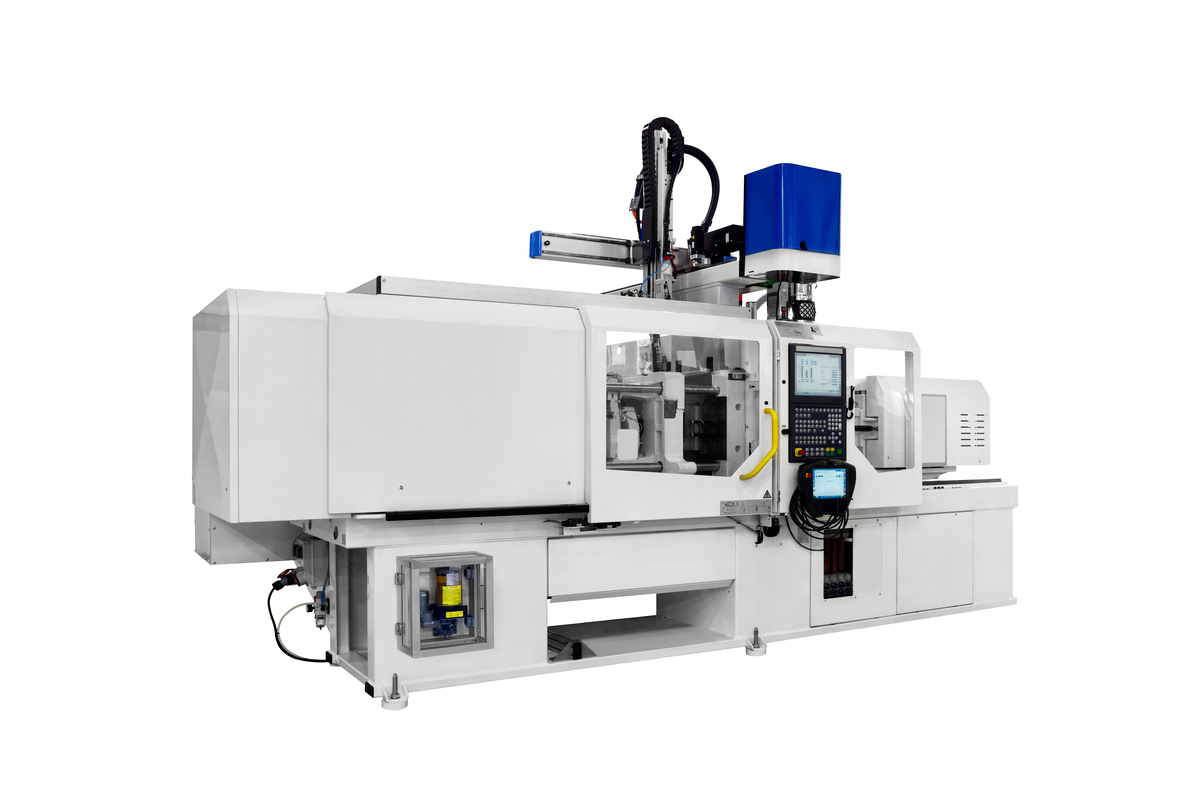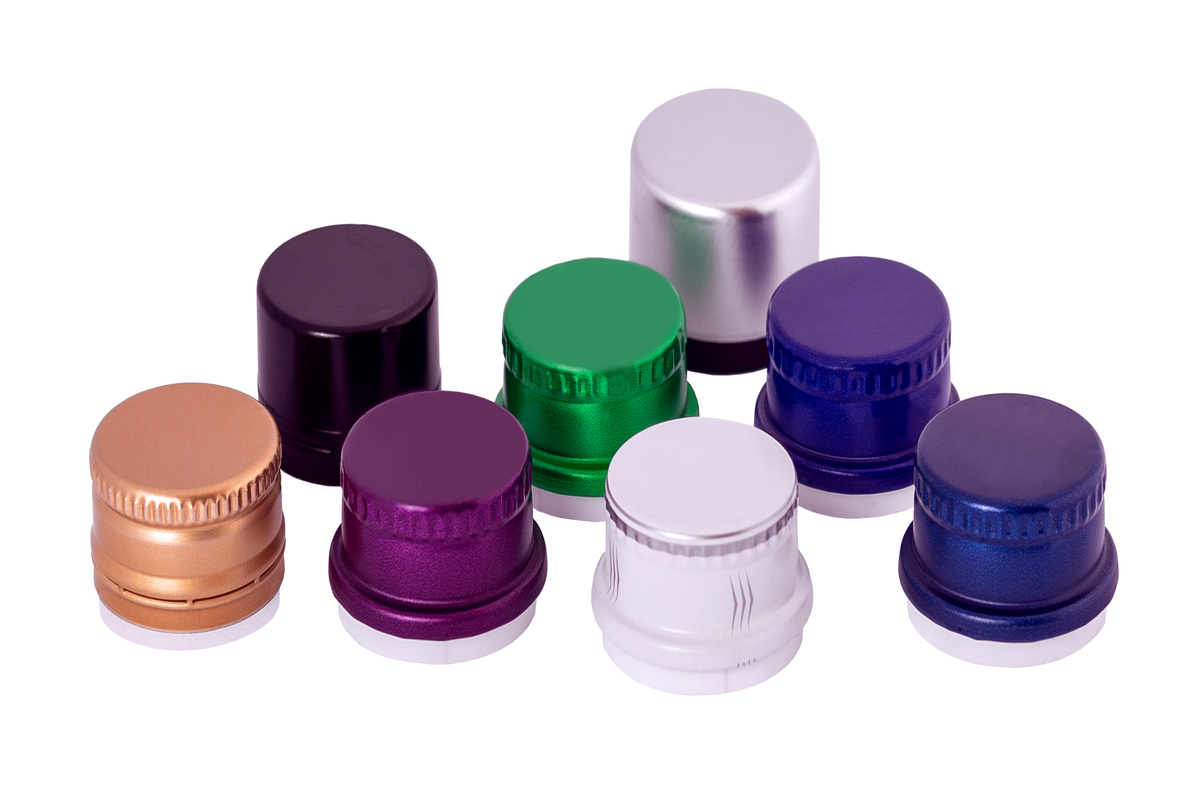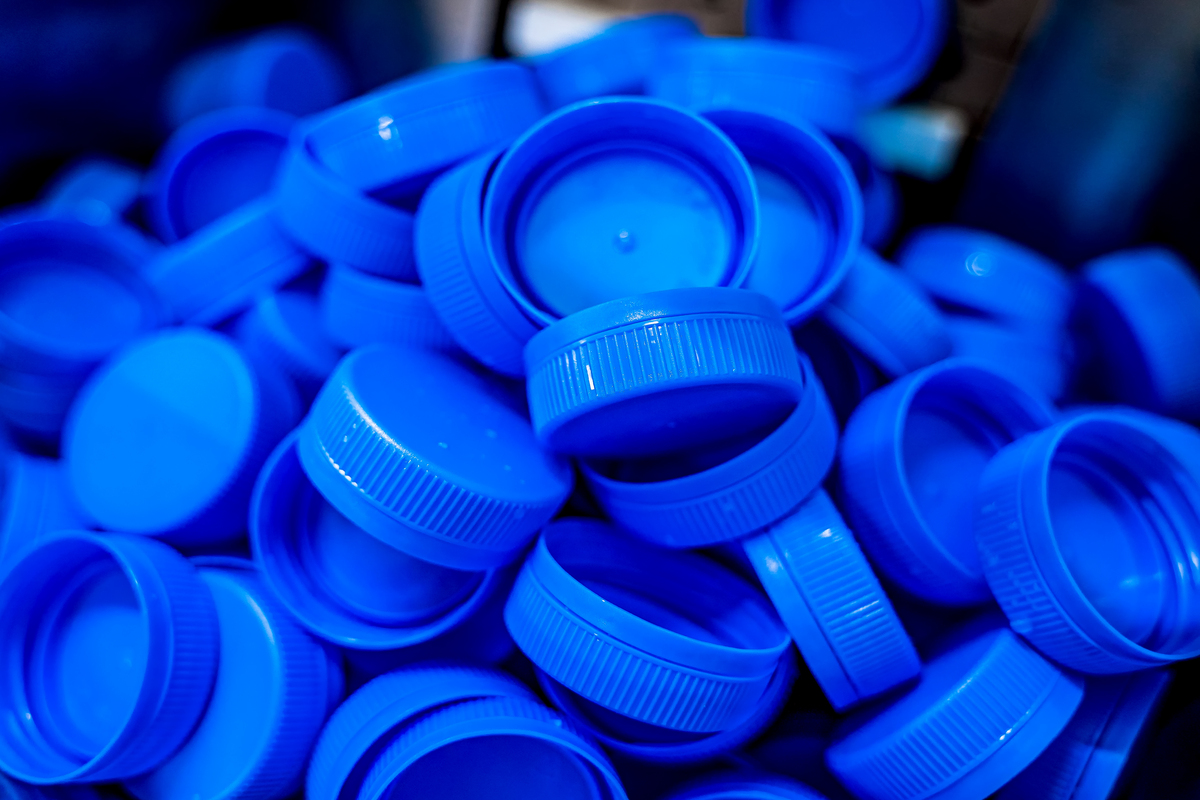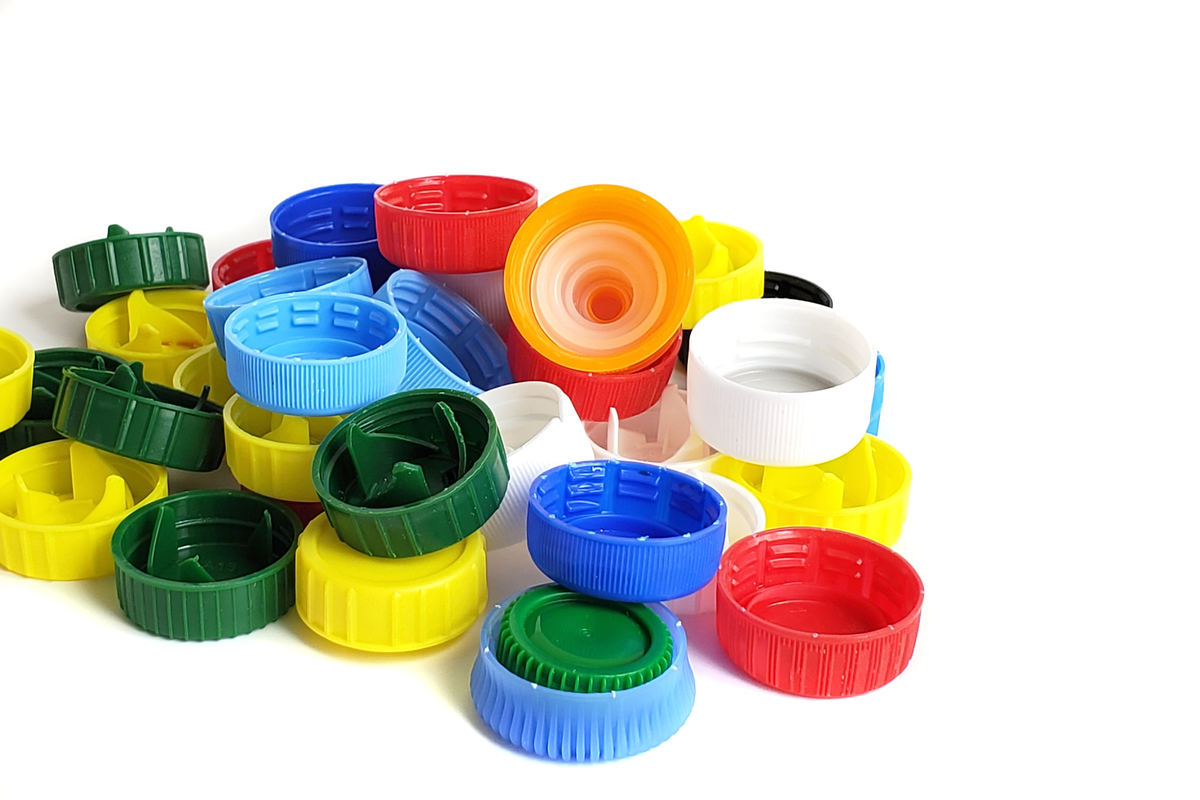
The Most Common Injection Moulding Defects and How to Avoid Them
22 Jul, 2023Injection moulding is a widely used manufacturing process that involves injecting molten material into a mould to create various products and components.
While it offers numerous benefits like cost-effectiveness and high production rates, it is not without its challenges.
Several defects can occur during injection moulding, leading to compromised product quality and increased production costs.
Let’s explore the most common injection moulding defects and effective strategies to avoid them.
Short Shots
Short shots refer to the incomplete filling of the mould, resulting in an insufficient amount of material to form the complete product. This defect can occur due to various reasons, such as inadequate melt temperature, insufficient injection pressure, or inadequate injection time. To avoid short shots, it is essential to:
Ensure Proper Melt Temperature: Monitor and adjust the melt temperature to ensure it reaches the recommended level for the specific material used.
Optimise Injection Pressure: Maintain the appropriate injection pressure to ensure complete mould filling.
Adjust Injection Time: Determine the right injection time to allow the material to flow and fill the mould.
Sink Marks
Sink marks are depressions or dents on the surface of the moulded product caused by uneven cooling or improper packing of the material. To prevent sink marks:
Improve Cooling System: Enhance the cooling system by adding more cooling channels to ensure uniform cooling throughout the mould.
Opt for Rib Design: Introduce ribs in thick sections of the product to reduce material thickness and minimise sink marks.
Warping
Warping is the deformation or twisting of the product after it has been ejected from the mould. It occurs due to non-uniform cooling and internal stresses. To mitigate warping:
Uniform Wall Thickness: Maintain consistent wall thickness to ensure even cooling and reduce internal stresses.
Proper Ejection: Use appropriate ejection techniques to prevent distortion during remoulding.
Post-Moulding Annealing: Consider post-moulding annealing to relieve internal stresses and minimise warping.
Flash
Flash is the excess material that escapes between the two halves of the mould during the injection process, leading to unwanted protrusions on the final product. To avoid flash:
Tighten Mould Sealing: Ensure proper clamping force and mould alignment to prevent material leakage.
Optimise Injection Pressure: Adjust the injection pressure to the right level to avoid excessive material escaping.
Voids and Air Traps
Voids and air traps are spaces or air bubbles inside the product caused by insufficient material flow or inadequate venting. To prevent voids and air traps:
Gate and Vent Design: Optimise gate and vent placements to facilitate smooth material flow and air escape during injection.
Increase Injection Speed: Adjust the injection speed to avoid trapping air within the mould.
Burn Marks
Burn marks are discoloured areas or black streaks on the surface of the product caused by overheating of the material. To prevent burn marks:
Reduce Melt Temperature: Lower the melt temperature to minimise the chances of overheating.
Optimise Injection Speed: Adjust the injection speed to avoid generating excessive heat.
Jetting
Jetting occurs when the molten material enters the mould rapidly, leading to distorted patterns and irregular shapes on the product’s surface. To avoid jetting:
Gate Design: Optimise gate size and placement to control the material flow and prevent high-speed jetting.
Reduce Injection Speed: Adjust the injection speed to ensure a controlled flow of material into the mould.
Conclusion
Understanding and addressing common injection moulding defects is crucial for achieving high-quality products and optimising production efficiency.
By following the strategies outlined here - such as adjusting injection parameters, improving cooling systems, and optimising gate designs - manufacturers can reduce defects and enhance the performance of the injection moulding process.
Investing time and effort in defect prevention will lead to substantial cost savings and improved customer satisfaction, making it a worthwhile endeavour for any injection moulding operation.
A proactive approach to defect prevention enhances the final product’s quality and strengthens your manufacturing business’s reputation and competitiveness.




